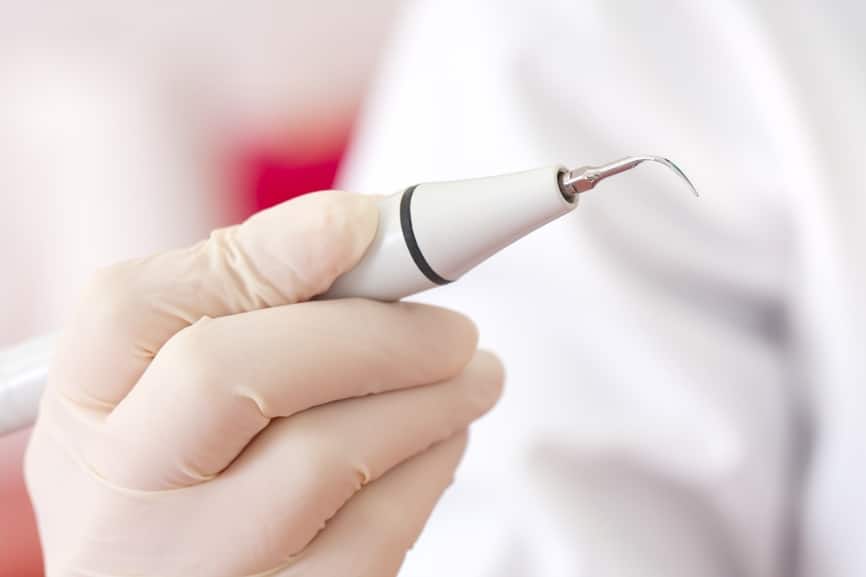We all spend a lot of time and money on our health – eating the right foods, exercising, avoiding tobacco and alcohol. But, one area of health that is frequently overlooked is our dental health. Did you know that the Centers for Disease Control (the CDC) estimates that 47% of people over the age of 30 have some form of periodontal disease? And, that percentage increases as we get older? By age 65, some 70% of people have periodontal disease.
 So What is Periodontal Disease?
So What is Periodontal Disease?
Periodontal disease is sometimes called gum disease or periodontitis. It is caused by infections of the gums and the supporting bones and tissues. These infections cause inflammation – redness and swelling of the gums, which can lead to bleeding gums. This is called gingivitis. If allowed to progress, there may be bone loss which can cause the teeth to loosen and fall out. This is called periodontitis or chronic periodontitis.
Why Should You Care and is it Harmful?
There are a lot of microorganisms, like bacteria, that thrive in the mouth. Sometimes the bacteria can enter the bloodstream, like when you are brushing your teeth or flossing and your gums bleed a little. If you are healthy, this is normal and mostly harmless. However, these bacteria and other microorganisms have been shown to be linked to other health conditions like heart disease, strokes and diabetes. So in that sense, periodontal disease can be just the tip of the iceberg.
How Can You Tell If You Have Gum Disease?
Sometimes it can be hard to tell if you have gum disease, since it may progress slowly, without pain and often without obvious signs. However, there are many noticeable clues that you may have gum disease. These include the following symptoms:
- Gums that are tender, red or swollen
- Gums that bleed when brushing or flossing
- Gums that are pulling away from teeth
- Continual bad breath or bad taste in the mouth
- Teeth that are loose or shifting
Even if you don’t have noticeable symptoms, it is best to visit your Periodontal Specialist regularly for checkups.
What Are the Causes?
At its root, the main cause of gum disease is plaque. Plaque is that film that builds up on your teeth and at the gum line. It is made up of millions of bacteria and other microorganisms. Plaque can enter the tiny spaces between the teeth and gums and cause infection and inflammation. If left unchecked, gum disease can progress to periodontitis.
This condition can cause the pockets between the gums and teeth to deepen resulting in a deeper infection. This more serious infection can cause gum and bone tissue, which anchor the teeth, to be destroyed. Chronic periodontal disease can eventually lead to loosening or shifting of the teeth and ultimately tooth loss.
What Can You Do About It?
The good news is that gum disease can be halted and reversed by controlling plaque. This starts with daily brushing and flossing. Brushing removes plaque from the surfaces that can be reached with a toothbrush. It is a good idea to floss daily to remove larger food particle as well as plaque between teeth and between gums and teeth. You can also reduce the amount of plaque in your mouth by using a good antimicrobial mouthwash. Finally, you should visit a dental clinic like Periodontal Specialist at least twice a year to have the health of your gums evaluated and to have your teeth cleaned professionally.
In conclusion, when thinking about living a healthy lifestyle, dental health should be at the top of the list. Not only do we want bright healthy teeth, but we want to avoid infections and inflammation that can lead to more serious health conditions such as heart disease and diabetes. A healthy outward smile is a reflection of inward health and beauty.











